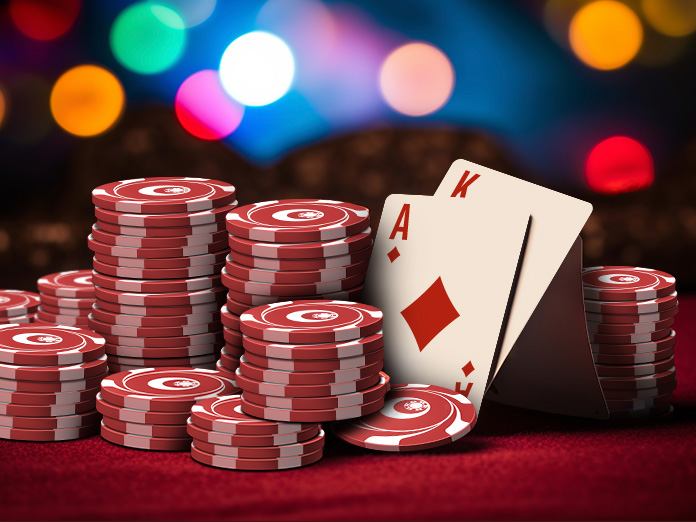A check-raise is a two-step move: first, you check to get someone to wager, and then you increase that stake to put pressure on them or make the pot bigger. It works because it makes the other player question their preconceptions about how strong their hand is, which makes them think about ranges, pot odds, and future streets again. When used correctly, it gets more value out of powerful hands, makes bluffs more likely to work, and balances a strategy that is hard to take advantage of.
Value, Bluff, and Protection
- Value: A check-raise grows the pot against opponents who often continue to wager when you have powerful but not unbeatable cards (top pair/top kicker, sets, strong draws).
- Bluff: If you’re up against players that continue to wager a lot, check-raising boards that seem good may make them fold stronger high-card hands or medium-strength pairs, particularly if the story matches later streets.
- Protection: Check-raising on dynamic boards (such as two-tone or connected) lowers the risk of handing free equity to draws and makes the hand clearer.
When to Try a Check-Raise: What to Look For
- The texture of the board is good for your range: The best boards are those that work well with the caller’s range, such as low/mid connected boards from the blinds. As the person who called before the flip, you should be able to convincingly show sets, two pairs, and powerful draws.
- Your opponent wagers too much: To take advantage of those who continue to wager a lot, mix in check-raises with value and semi-bluffs. If they fold to aggressiveness, add additional bluffs; if they call down, lean toward value-heavy.
- Disadvantage of being out of position: A check-raise may take back the lead and create good SPRs (stack-to-pot ratios) for subsequent rounds.
- Multiway caution: When more than one player sees the flop, be more value-heavy. As additional players join, the odds of bluffing successfully go down a lot.
Important Rules for Sizing
- Dry boards (A-7-2 rainbow): 2.5 to 3 times the stake is usually enough—it’s a threat without going too far.
- Wet boards (J-10-9 two-tone): 3.5x–5x to charge draws and polarize ranges.
- Turn check-raises: Get bigger; ranges are stronger, and rejection is worth more.
Things You Shouldn’t Do
Conclusion
In fast-paced games and tournaments, player pools typically place continuation wagers a lot and fold too much when they are scared by aggressive players on terrifying turns and rivers. Adjust your lines according to what you see in the pool, keep note of how often you play, and go over your hands after each session to improve your balance on PokerCircle. If you’re looking into playing real money poker online, be sure to carefully choose your textures, opponents, and stack depths so you can make money with check-raises.

